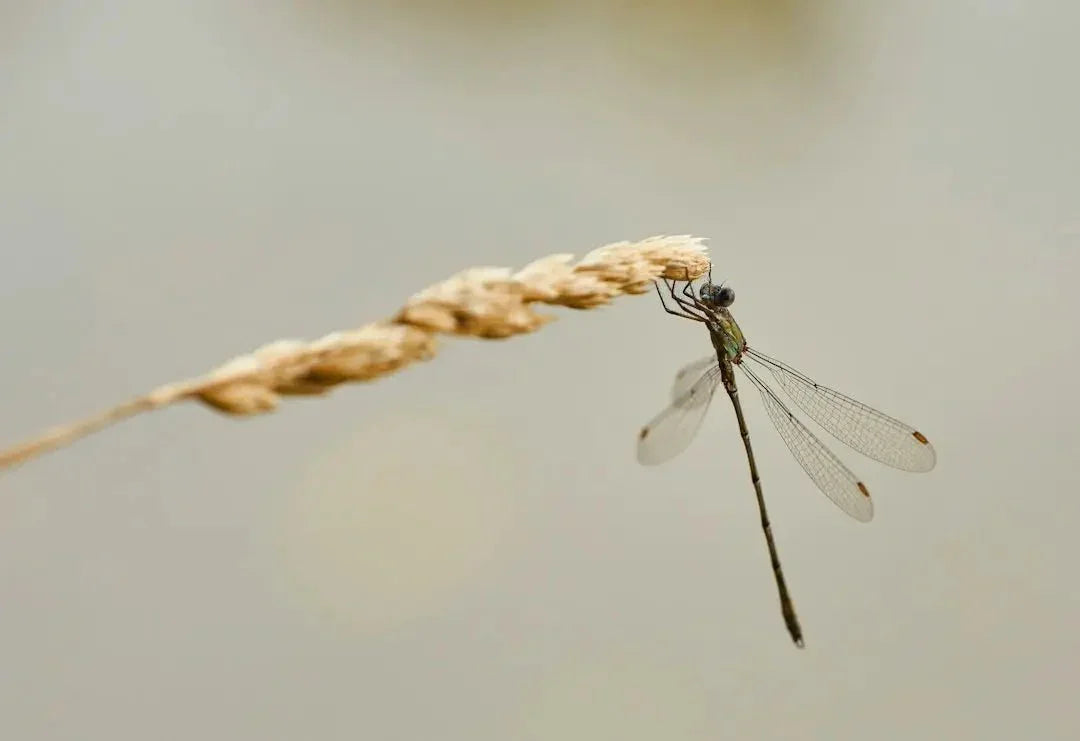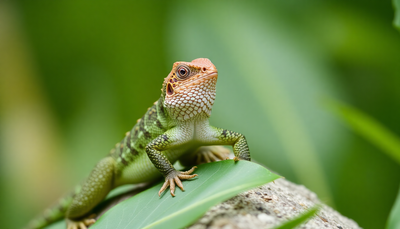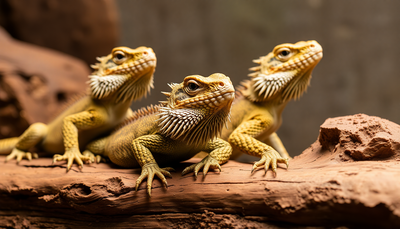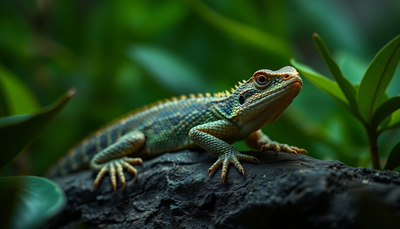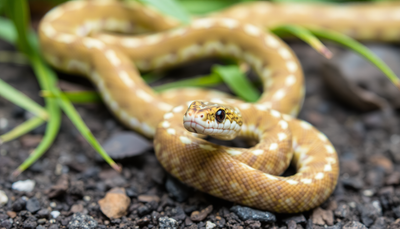Introduction to Ant Keeping
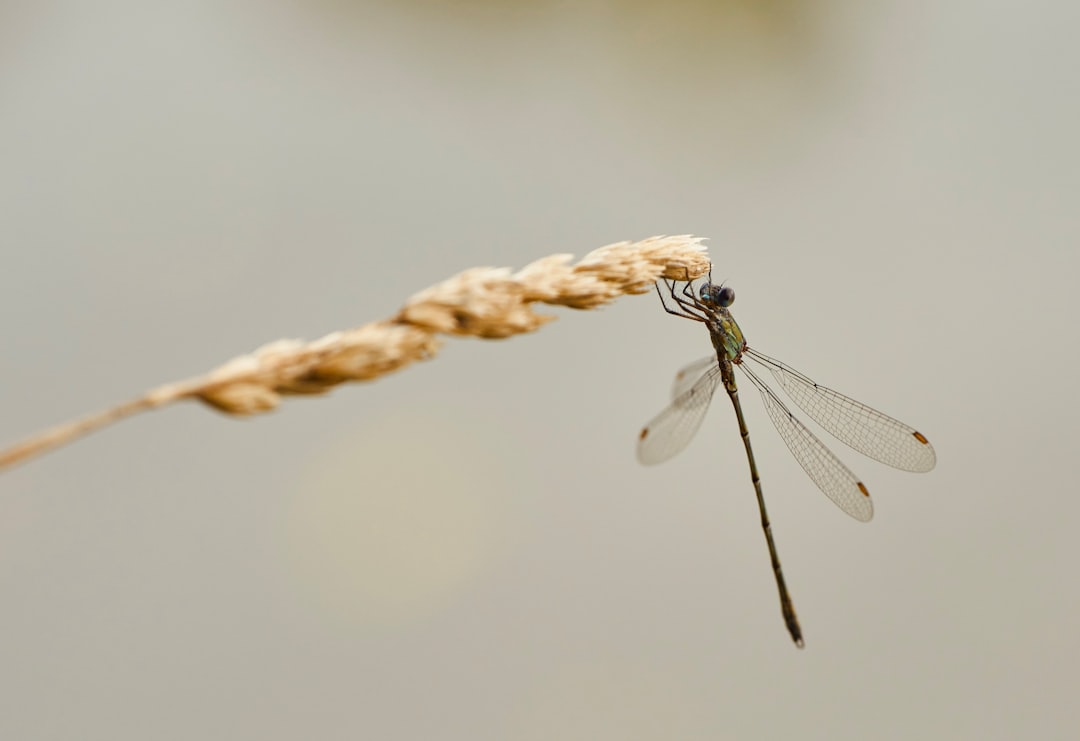
Ant keeping merges nature's intricacies with the satisfaction of nurturing a living ecosystem. This pastime, not just a fleeting hobby but a deep dive into the complexity of social structures, reveals the unseen harmony of ant colonies. The act of cultivating a thriving ant colony extends beyond entertainment; it serves as a microcosm for learning, offering insights into cooperation, industry, and the environmental impact of these tiny yet mighty creatures. Successful ant farming rewards the caretaker with a unique perspective on the persistence and efficiency of ant societies and their significance in our world.
Choosing the Right Type of Ant Farm
The journey into the world of ant keeping begins with selecting a suitable home for your new colony. When it comes to ant farms, there are several options available, each with its unique set of advantages and drawbacks. Traditional sand or soil ant farms have been the mainstay for decades, offering a natural and familiar environment for the ants. On the other hand, modern gel farms provide a unique, low-maintenance alternative that allows clear visibility of the tunnels and chambers.
Traditional sand or soil farms are often favored for their authenticity. They mimic the ants' natural habitat, allowing the insects to behave as they would in the wild. However, these types of farms can require more maintenance, and it may be challenging to observe the ants at work due to the opacity of the medium. Gel farms, in contrast, are relatively new and come prefilled with a nutrient-rich gel. This gel not only serves as the substrate for tunneling but also provides hydration and nutrition to the ants. The clear gel makes viewing the intricate network of tunnels effortless, which can be particularly captivating for beginners. Despite these benefits, gel farms can sometimes lack the longevity of traditional farms and may not be suitable for all species of ants.
For those starting out on their ant-keeping adventure, it is recommended to consider the species of ant you wish to keep, as well as your own preferences for maintenance and observation. A traditional sand or soil ant farm might be the choice for the enthusiast looking to interact more with their colony and doesn't mind the extra upkeep. For beginners or younger enthusiasts who are primarily interested in observing ant behavior with minimal maintenance, a gel farm could be the ideal starting point.
In the end, the choice of ant farm comes down to a balance between personal preference and the needs of the ants you intend to keep. Whichever type you choose, ensure that it will be conducive to a healthy, active, and engaging environment for your colony to thrive.
Selecting Your Ant Species
Embarking on the journey of ant keeping begins with a pivotal decision: selecting the right ant species for your farm. This choice can influence not only the success of your colony but also the level of engagement and education you derive from observing these fascinating creatures. When considering which ant species to introduce into your farm, reflect on the climate compatibility, the level of care you're prepared to invest, and the specific behaviors or characteristics you're interested in witnessing.
Among the popular choices for ant farms are species like the industrious Lasius niger , the easy-to-care-for Formica rufa , or the exotic and vibrant Myrmica rubra . Each species comes with its unique set of care requirements, from the humidity levels they thrive in to the types of food they consume. For instance, some species may require a diet enriched with proteins, while others might favor sugary substances. Understanding these needs is crucial for the well-being of your ants and the vitality of your ant farm.
When you're ready to populate your farm, it's important to source your ants responsibly. This means obtaining ants from reputable suppliers who ensure the ants are collected ethically and legally. It's also worth considering local regulations surrounding the transport and keeping of certain ant species to prevent ecological disruptions. By sourcing your ants with care, you not only contribute to the conservation of natural ecosystems but also ensure a healthier start for your own ant colony.
Setting Up Your Ant Farm Habitat
Embarking on the journey of ant keeping begins with establishing a suitable habitat for your tiny inhabitants. A well-prepared ant farm is the cornerstone of a thriving colony. Let's walk through the key steps to ensure your ant farm becomes a healthy and engaging environment.
First, select a container that will serve as the ant farm. This could be a professionally made formicarium or a simple DIY setup. Ensure it's transparent for easy observation and has adequate ventilation. The size should be appropriate for the species of ants and the number of individuals you plan to keep.
The next phase involves choosing the right substrate, which often consists of a mixture of soil, sand, or a specialized gel. The substrate should be free of contaminants and pesticides to safeguard the health of your ants. Proper consistency of the substrate is crucial; it should be firm enough to allow ants to tunnel but not so hard that it becomes impenetrable.
Moisture levels within the ant farm are vital for the survival of the colony. Incorporate a hydration system, such as a water tower or sponge, to maintain a stable humidity level. A balanced humidity level supports the ants' need for water and assists in the development of larvae.
Creating a stimulating environment involves arranging the habitat to mimic the complexity of a natural setting. Add twigs, leaves, and rocks to offer structure and simulate a more authentic ecosystem. These elements not only provide enrichment for the ants but also aid in the maintenance of microclimates within the farm.
Finally, ensure the ant farm is positioned in a location that offers a stable temperature and is free from direct sunlight or drafts, which could dry out or overheat the habitat. An optimal location promotes the well-being of the colony and allows for consistent observation and interaction.
By attentively preparing your ant farm habitat with the right materials and conditions, you lay the foundation for a flourishing and dynamic ant colony. Paying attention to these details will not only benefit the ants but will also enhance your experience as you observe the intricate behaviors and social structures of these fascinating insects.
Introducing Ants to the Farm
Welcoming a colony of ants into their new habitat marks a pivotal moment in the journey of ant farming. It's a process that requires precision, care, and attention to detail to ensure a smooth transition. The health and safety of these tiny inhabitants hinge on the methods employed during this critical phase. Vigilance is key; observing the ants closely in their new environment will help you identify and address any issues that arise promptly.
Begin by acclimatizing your ants to the farm. Before the introduction, let the ants adjust to the temperature and light conditions of the room where the ant farm will be situated. This minimizes the stress caused by a sudden change in their environment. Once acclimated, carefully transfer the ants into their new habitat. This should be done gently to avoid injury, ensuring that each member of the colony makes it safely into the farm.
After the ants have been introduced, it's crucial to monitor their behavior and activity levels. Signs of a successful transition include active exploration and the commencement of tunneling. Conversely, a lack of movement or clustering might indicate stress or discomfort within the colony. Should you notice anything amiss, promptly troubleshoot the potential causes, which could range from the farm's moisture levels to the adequacy of space for the colony's size.
Ensuring the continuous well-being of your ants involves regular checks and a willingness to make adjustments as necessary. By adhering to best practices for introducing ants to their new farm, you set the stage for a thriving, active colony that will offer hours of fascination and learning opportunities.
Feeding and Caring for Your Ants
Ensuring your ant colony thrives involves more than just providing a habitat; it requires a dedicated approach to their feeding and care. Proper nutrition and hydration form the cornerstone of a healthy ant farm, and understanding the dietary needs of your ants is paramount. A balanced diet for ants typically includes proteins, sugars, and fats, which can be found in a variety of sources such as small insects, fruits, and honeydew. Hydration is equally critical, and while ants are excellent at conserving water, a consistent source of moisture is necessary for their survival.
Feeding schedules vary depending on the size and species of your ant colony, but a general rule of thumb is to offer food every other day, observing how much they consume to adjust the quantity accordingly. Overfeeding can lead to mold growth and other hygiene issues, so it's essential to remove any uneaten food promptly. Employing a feeding area within the farm can help contain the mess and simplify clean-up.
Observing ant behavior during feeding times offers fascinating insights and aids in ensuring their well-being. Signs of a thriving colony include active foraging, steady growth in numbers, and the presence of larvae and pupae. Monitoring these behaviors not only ensures that you are meeting their needs but also provides an enriching experience as you witness the complexities of ant life. Regular care and attention will result in a dynamic and engaging ant farm that becomes a window into the remarkable world of these industrious creatures.
Maintenance and Cleaning
Ensuring the health of your ant farm is an ongoing commitment that necessitates regular maintenance. A well-maintained habitat is crucial for the prosperity of your ant colony. It's essential to establish a routine that includes checking for mold, replenishing food and water sources, and removing any deceased ants promptly to prevent disease.
Cleaning your ant farm requires a gentle touch to avoid disturbing your industrious inhabitants. When it comes time to clean, focus on the exterior surfaces and the removal of any visible debris. It's important to use tools that are small and delicate enough to maneuver within the intricate network of tunnels without causing a collapse. For the interior, consider natural cleaning methods that pose no harm to the ants, such as using a soft brush or a turkey baster to gently remove waste without introducing harsh chemicals into their environment.
As your colony flourishes, you may find the need to expand or upgrade your ant farm. This is a delicate process that should be done with care to minimize stress on the ants. A gradual transition to a larger habitat or the addition of new chambers can provide your colony with the necessary space to grow. When expanding, ensure that the new environment is prepared in advance, matching the temperature and humidity levels of the original setup to facilitate a smooth transfer.
Observing and Engaging with Your Ant Farm
Unlocking the secrets of an ant farm offers a window into the intricate world of these industrious creatures. Observing their behavior not only satisfies natural curiosity but also enhances our understanding of the complex social structures within the colony. Engage with your ant farm by charting their tunnel architecture, noting the division of labor among workers, and marveling at the diligent care of their young. These insights can transform a simple hobby into a captivating educational journey.
Bringing the ant farm into educational settings elevates the experience from mere observation to interactive learning. Construct a chart to track the growth of the colony, analyze the roles of different ants, and hypothesize about the impact of environmental changes. Such activities can enrich the minds of students, offering them firsthand lessons in biology, ecology, and even teamwork.
Documenting your ant farm's journey is as crucial as the daily care it receives. Maintain a logbook or digital diary to record observations, capture changes, and celebrate milestones. Whether it's the emergence of new workers or the completion of an elaborate tunnel system, each entry serves as a chapter in the ongoing saga of your ant farm. This record not only charts progress but also serves as a reflective tool, showcasing the evolution of your role as a caretaker and observer.
Educational Aspects and Benefits of Ant Farming
The world of ant farming opens up a unique window into the complexities of nature, offering a multitude of educational opportunities. Delving into the care and observation of these industrious creatures, enthusiasts of all ages can gain valuable insights into the intricacies of ecosystem management, social behaviors, and the environmental needs of a species. Ant farms serve as a dynamic educational tool, fostering scientific curiosity and a deeper understanding of the natural world.
For children and adolescents, ant farms provide a hands-on experience with biological science and responsibility. As they monitor the growth and development of their colony, young learners can observe concepts such as the division of labor, communication, and survival tactics in real-time. This interactive form of learning can ignite a passion for biology and ecology, subjects that are crucial in our increasingly environmentally-conscious society.
Adults, too, find themselves captivated by the miniature world within an ant farm. It becomes a hobby that combines relaxation with intellectual engagement, where the daily progress of the colony offers a reprieve from the hustle and bustle of everyday life. Moreover, ant farms can act as a visual aid for educators, bringing textbook theories to life and enriching the curriculum within schools and educational settings. They are an excellent resource for teaching about the environmental impact of living creatures and the importance of biodiversity.
In educational institutions, ant farms facilitate immersive learning experiences. Teachers can integrate them into science modules to demonstrate topics ranging from life cycles and habitats to teamwork and community. The observation of an ant farm encourages students to ask questions, develop hypotheses, and conduct experiments, all of which are key components of the scientific method. By caring for their ant farm, students learn the value of observation, patience, and the delicate balance necessary to maintain a thriving ecosystem.
Ultimately, maintaining an ant farm is not just a pastime; it's an enlightening journey through the lens of entomology. This journey, accessible to novices and experts alike, is both beneficial and rewarding, making ant farming a worthy addition to any educational agenda. Whether in a classroom or at home, the lessons learned from these tiny creatures can have a profound impact, fostering respect for life in all its forms and scales.
Embark on Ant Keeping
We've explored the essentials of creating and maintaining an engaging ant farm, from selecting the right type of farm to caring for your ant colony. With the right knowledge and tools, you're now equipped to embark on your own ant keeping adventure. Embrace the unique opportunity to observe the intricate workings of these fascinating creatures up close.
For those ready to delve into the world of ant keeping, Talis-us invites you to discover our collection of ant accessories. Enhance your ant farming experience with our carefully curated products designed for the dedicated ant enthusiast.
Start Your Ant Farming Journey


